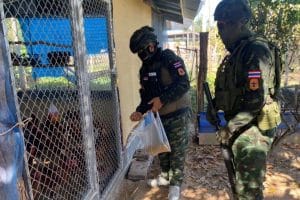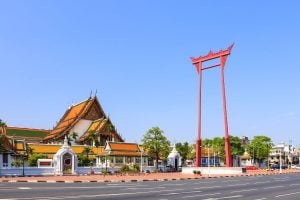Remembrance Day: The Great War’s cost and the world’s promise
What the world remembers, and why it must never forget
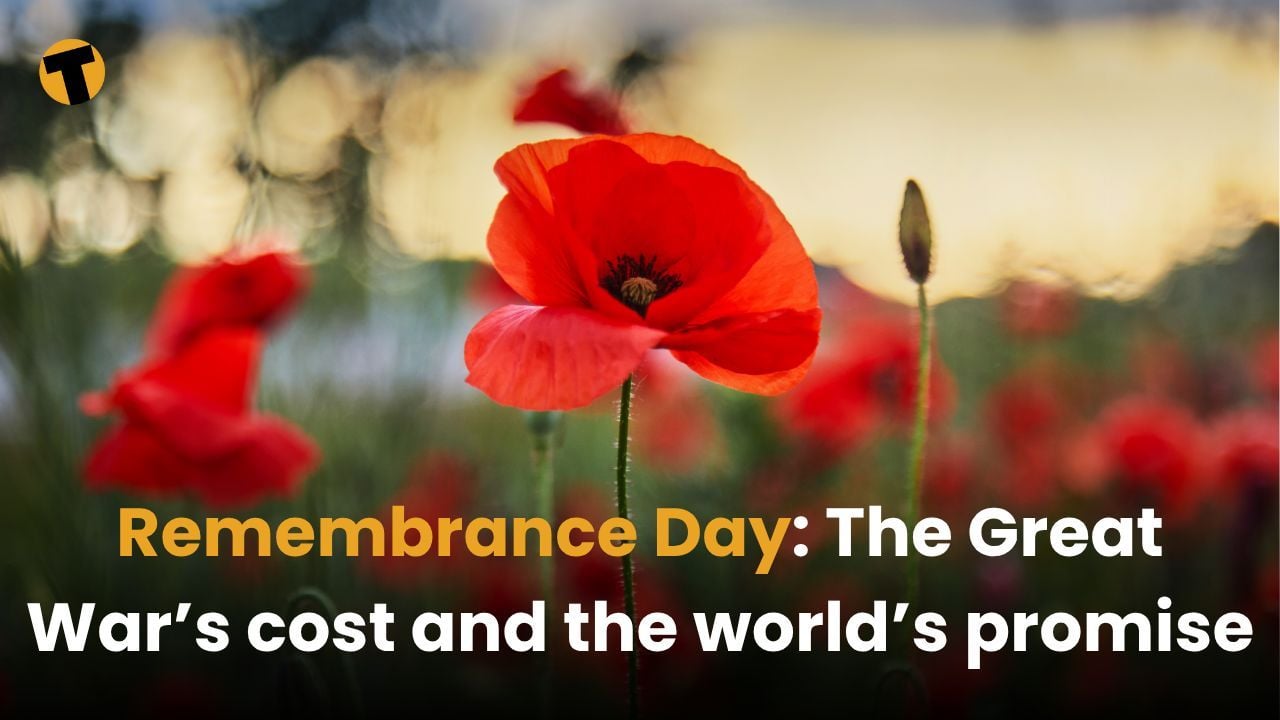
“The invincible, inexhaustible mud of the war zone… This is the hymn of mud, the obscene, the filthy, the putrid, the vast liquid grave of our armies. It has drowned our men… Our fine men, our brave, strong, young men; Our glowing red, shouting, brawny men. Slowly, inch by inch, they have gone down into it, into its darkness, its thickness, its silence.” – Excerpt from Mary Borden’s “The Song of the Mud”
As soon as the clocks struck 11am on November 11, 1918, the Western Front fell silent for the first time after over four years of continuous (and often at a stalemate) warfare. For almost half a decade, the muddy fields had been painted crimson in a conflict labelled as a “war to end all wars.”
Of course, with hindsight, we know that the war had ended nothing. Instead, it planted a seed for a second, and equally deadly world war.
What initially began as a conflict centred between Europe’s great powers had spiralled into a global catastrophe. As a result, over 20 million had lost their lives, forever sewn to the battlefields, under the guise of glory.

The cessation of hostilities marked not only the end of World War I but the beginning of an enduring tradition: a day to reflect on the cost of war and the sacrifices made in pursuit of enduring peace.
Remembrance Day, as it has come to be known, is both a global and local observance, rooted in its historical origins yet constantly evolving to meet the needs of new generations.
Thailand’s role in this commemorative landscape, thanks to the efforts of the Royal British Legion, continues to honour the memories of those who put life and limb on the line, many of whom were robbed of a chance to return home.
The aftermath of the Great War

The First World War marked a new age of 20th-century warfare. The aeroplane, tanks, ships, and noxious gas ushered in the shift into modern warfare, and it brought devastation on a scale previously thought of as unimaginable.
Entire towns were obliterated, millions of soldiers and civilians perished, and the psychological scars of trench warfare linger til this day.
“Bent double, like old beggars under sacks, … And towards our distant rest began to trudge. … If you could hear, at every jolt, the blood come gargling from the froth-corrupted lungs, obscene as cancer, bitter as the cud… The old Lie: Dulce et decorum est Pro patria mori.” – Wilfred Owen’s “Dulce et Decorum Est,” a memorial to a comrade suffering a gas attack.
In the wake of the armistice signed at Compiègne on November 11, 1918, the world sought ways to make sense of its trauma.
Armistice Day was established as a solemn occasion to mark the moment when hostilities ceased, on the eleventh hour of the eleventh day of the eleventh month.
In nations such as Britain, France, and those within the British Empire, the day was institutionalised with public ceremonies, moments of silence, and memorial services. And perhaps for the first time in modern history, mass death was being publicly and ritually mourned on a global scale.
Thailand’s role in World War I
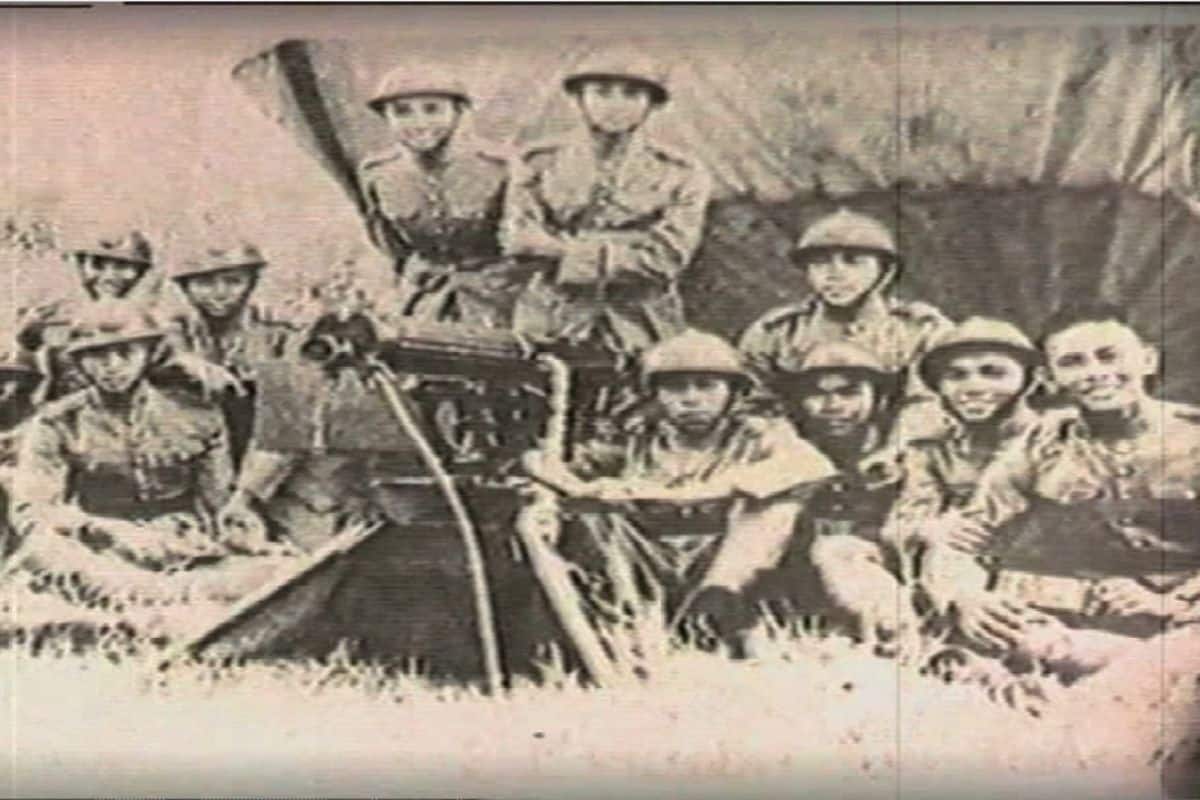
Amidst this international tableau, Siam (now Thailand) emerged as an unlikely participant in a European conflict. In July 1917, Siam declared war on Germany and Austria-Hungary, becoming the only Southeast Asian nation to pledge allegiance to the Allied cause.
Siam dispatched an expeditionary force of approximately 1,300 volunteers to Europe, including aviation and motor transport units that served in the fog of war, in France, during its final leg in July 1918.
Siam’s entry into the war could be seen as a diplomatic move. By siding with the Allies, Siam aimed to assert its sovereignty at a time when Western colonial powers ruled its neighbours with an iron fist.
It was a declaration of modernity, intended to demonstrate that Siam was an equal player on the global stage. The gambit ultimately paid off, with Siam securing a seat at the Versailles Peace Conference and becoming a founding member of the League of Nations, cementing its status as a sovereign nation in the postwar order.
In honouring the Siamese soldiers who died during deployment, the nation erected war memorials and commemorative structures, such as the Expeditionary Force monument in Sanam Luang, Bangkok, to honour its veterans and assert its place in global history.
The two minutes’ silence
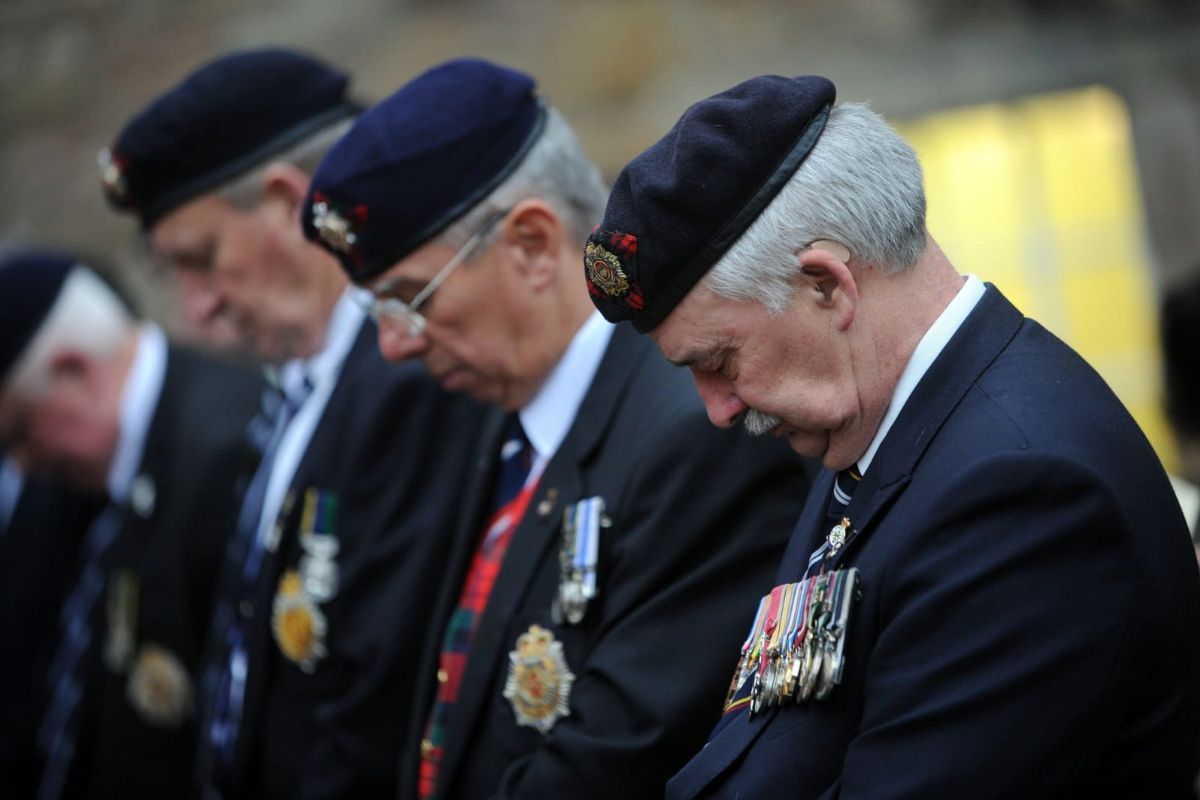
In 1919, King George V instituted the tradition of a two-minute silence to be observed at 11am on November 11. The silence was meant to honour the fallen without words, an act that could transcend religion, nationality, and social class.
The tradition, as simple as it may seem, bore a heavy meaning, and it stood the test of time. For two minutes, everything pauses, and the memory of those who lost their lives would take precedence.
As silence offered a collective space for grief, reflection, and unity, it soon became the centrepiece of Armistice Day ceremonies across the British Empire and later in many other parts of the world.
The symbolism of the poppy
Synonymous with Remembrance Day is the red poppy. Its origin lies in the poetry of Canadian soldier John McCrae, whose 1915 poem “In Flanders Fields” described poppies blooming amidst the graves of fallen soldiers.
By 1921, the Royal British Legion had adopted the poppy as a symbol of remembrance, launching the first Poppy Appeal to support veterans, a practice which soon spread to Commonwealth nations and beyond.
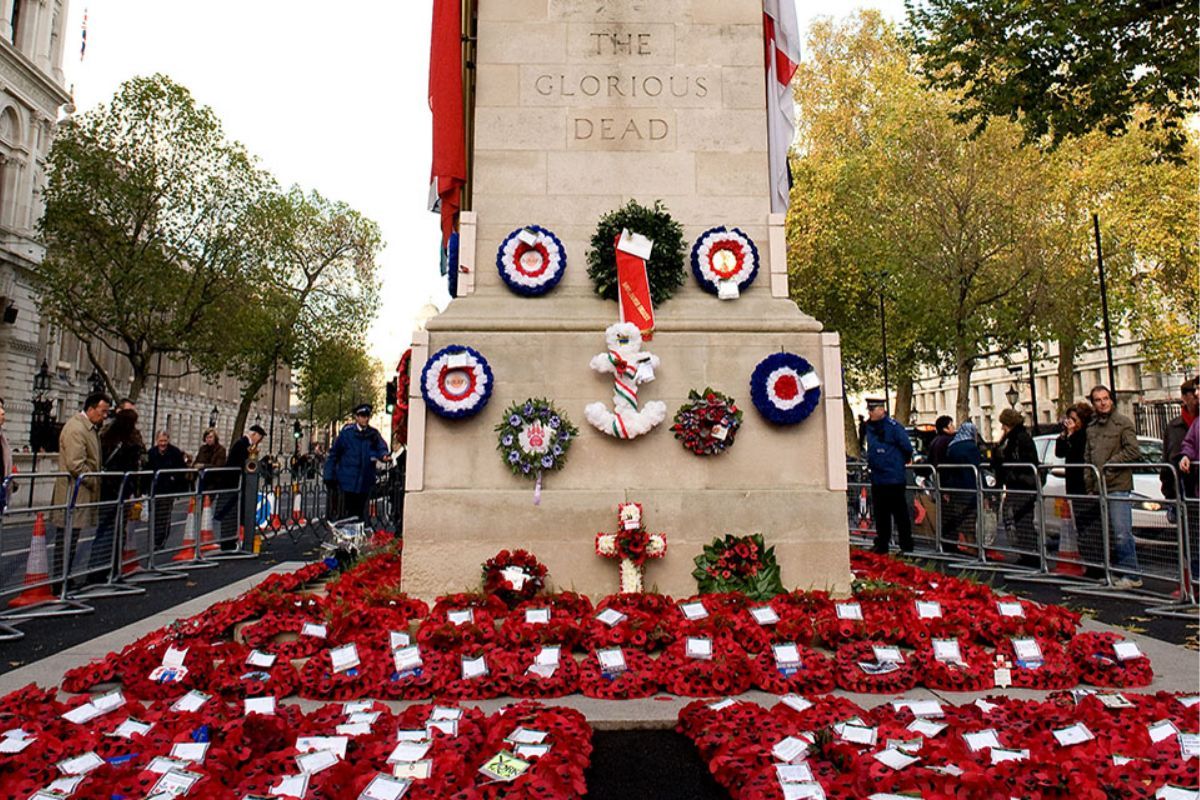
The poppy became not only a symbol of sacrifice but of renewal, a red bloom in the blood-soaked fields of Europe, a juxtaposition depicting newfound life amidst death and despair.
In Thailand, poppy-wearing is generally observed within embassy circles and military commemorations, often linked to British and Allied traditions. It remains a subtle yet significant nod to a shared history of service and remembrance.
Armistice to remembrance
The Second World War brought upon a new chapter of tragedy. By the late 1940s, many countries had renamed Armistice Day as Remembrance Day to acknowledge the broader spectrum of military service and sacrifice.
The change of lens marked a shift from a solemn focus on the Great War to embracing a more comprehensive understanding of the human cost of war.
This evolution also included civilians, peacekeepers, and those affected by post-colonial and regional conflicts. Remembrance Day thus shifted into a reflection on the continuing presence of war in human affairs.
Modern observance around the world
Today, Remembrance Day is marked in diverse ways across the globe. In the United Kingdom, the National Service of Remembrance at the Cenotaph in London draws thousands, while the Last Post sounds at the Menin Gate in Belgium each evening.
Australia and New Zealand observe both Remembrance Day and ANZAC Day, the latter dedicated specifically to the Gallipoli campaign.
In Canada, the day is a statutory holiday in most provinces, with ceremonies held at national and local memorials. France, whose battlefields bore the brunt of the war’s worst carnage, continues to commemorate Armistice Day as a national day of mourning and reflection.
In Thailand, commemorations are quieter but no less meaningful. Events are often held by foreign embassies, such as those of the United Kingdom, Australia, and France, which host memorial services at cemeteries and consular grounds.

Thai officials and military representatives frequently participate, laying wreaths and observing moments of silence.
Reshaping history
Remembrance Day endures because it meets a universal human need: to remember, to grieve, and to reflect on the consequences of conflict. What began as a moment to mark the end of a devastating war has become a global ritual of memory and moral reckoning.
“In Flanders fields the poppies blow between the crosses, row on row, that mark our place; and in the sky, the larks, still bravely singing, fly scarce heard amid the guns below.” – Colonel John McCrae.
ดูโพสต์นี้บน Instagram
Latest Thailand News
Follow The Thaiger on Google News:



